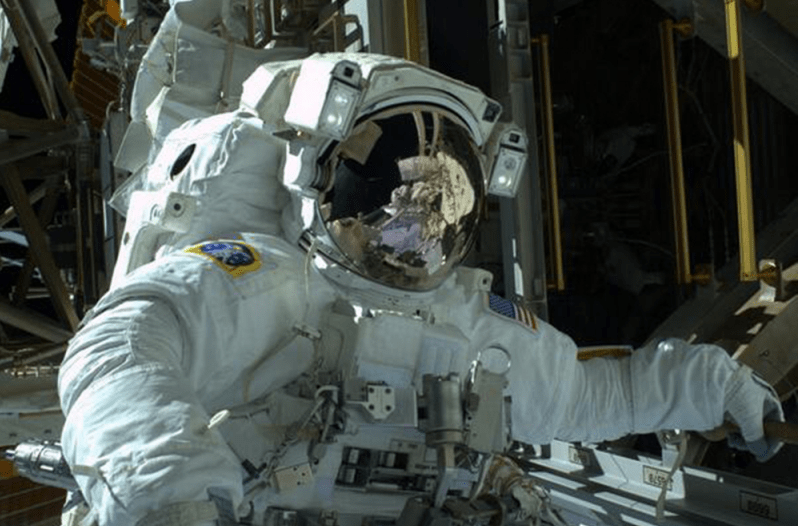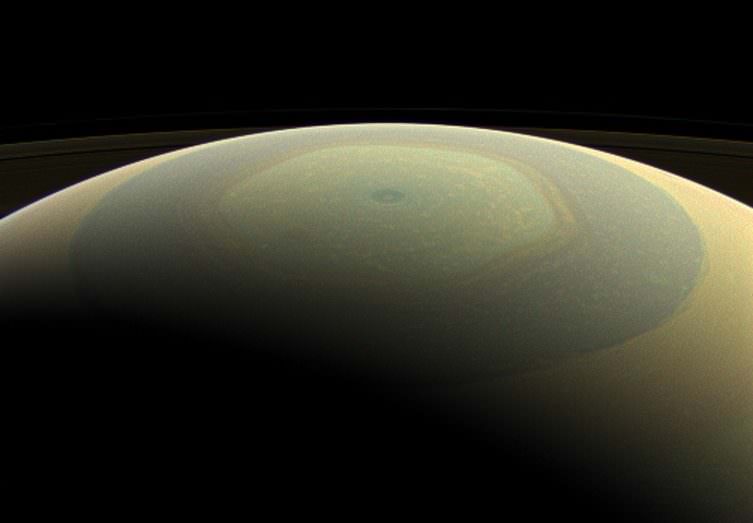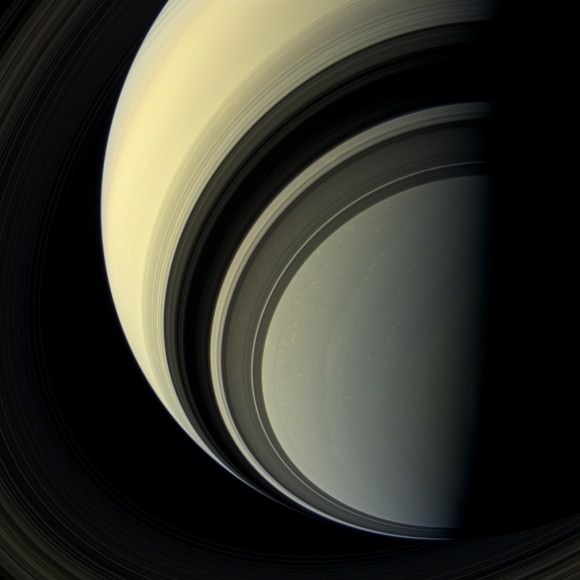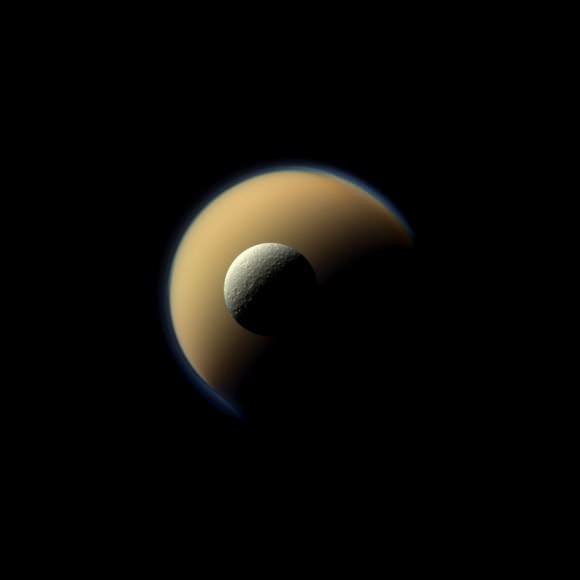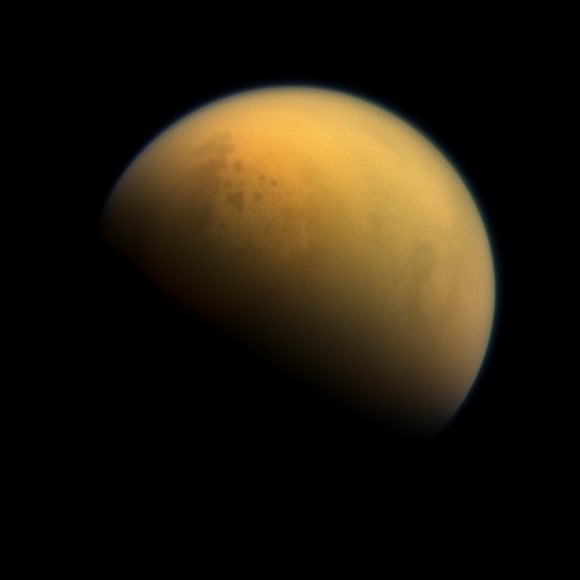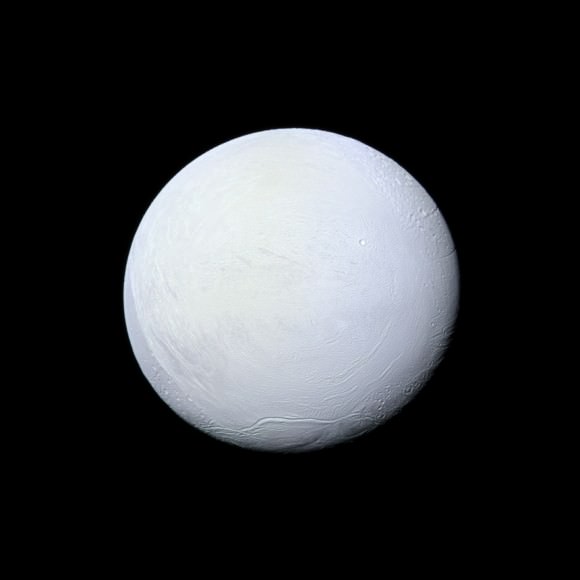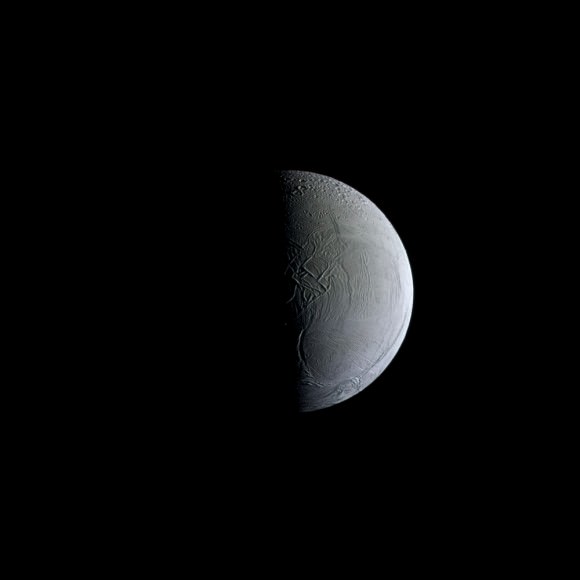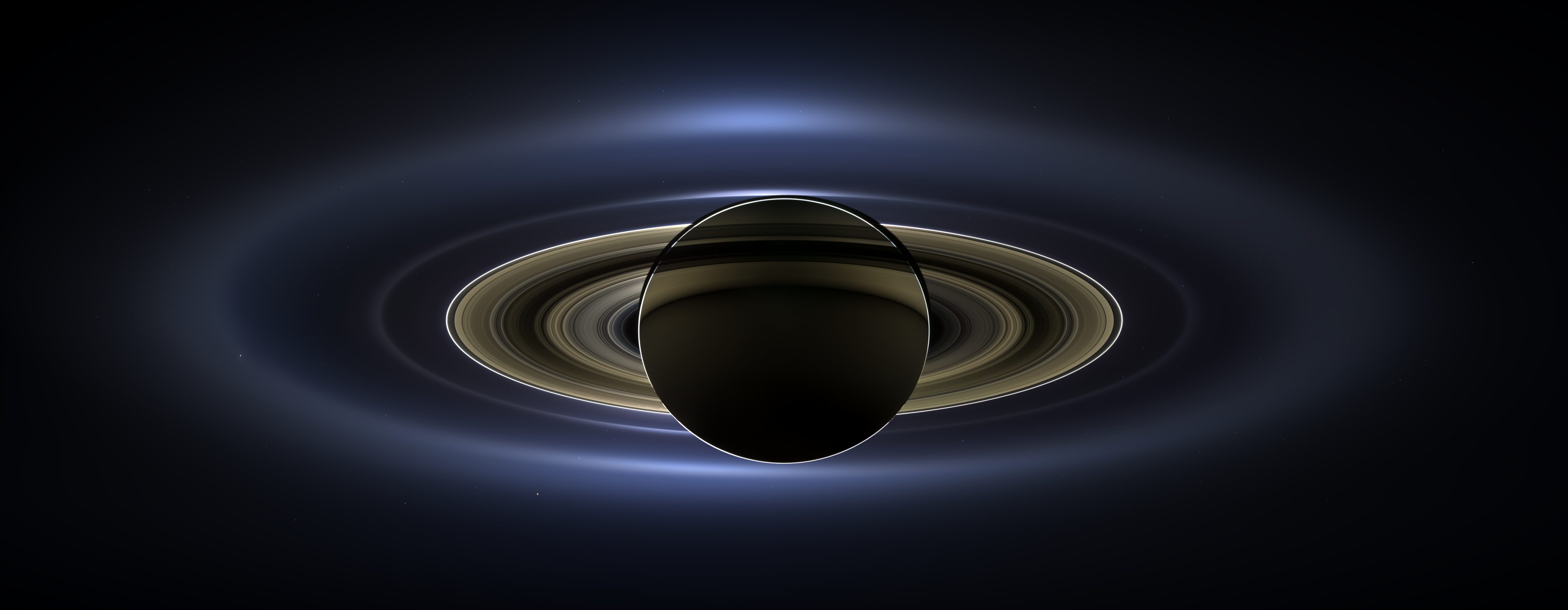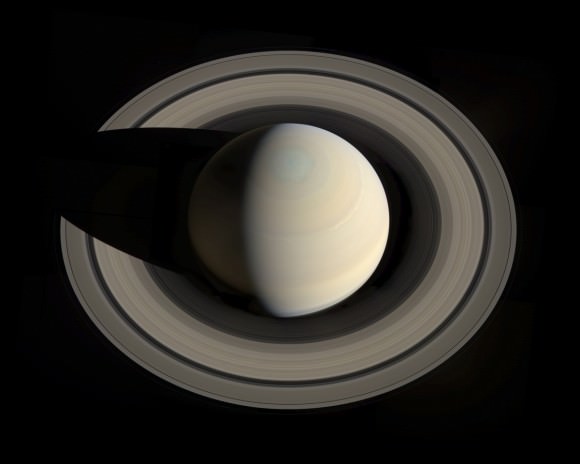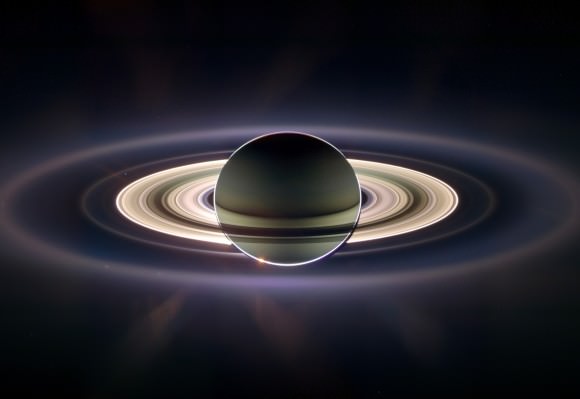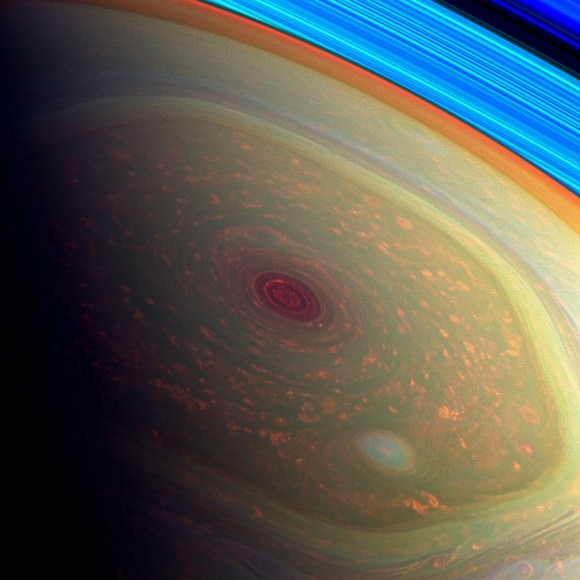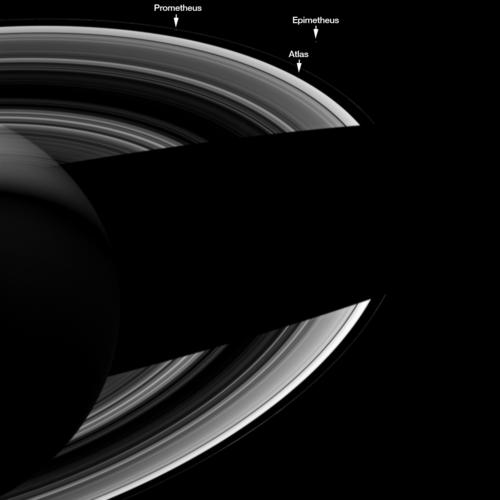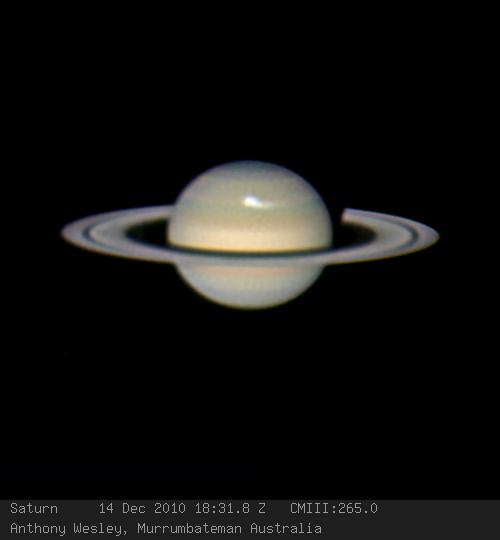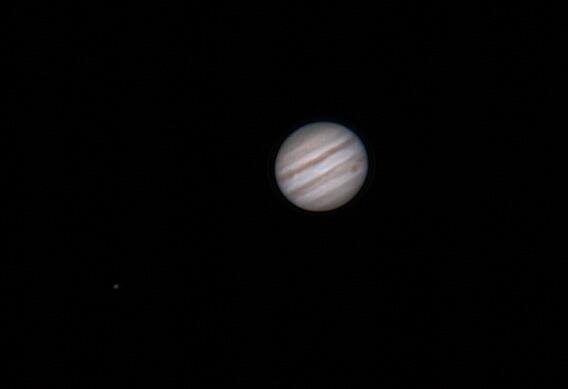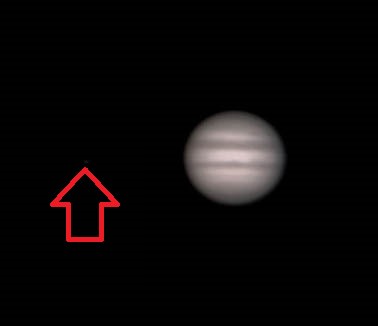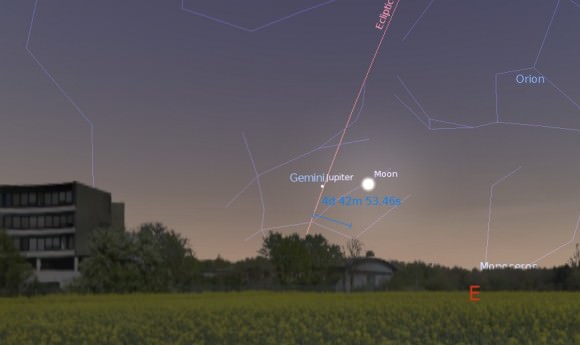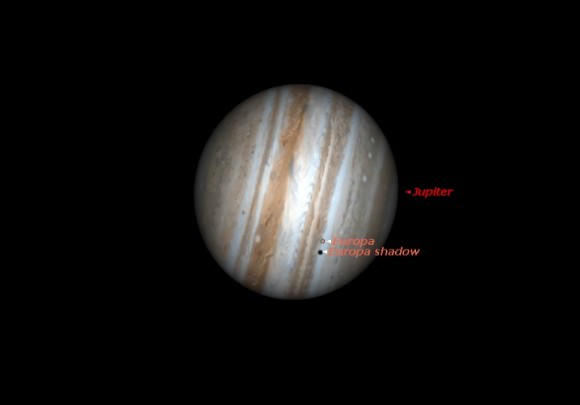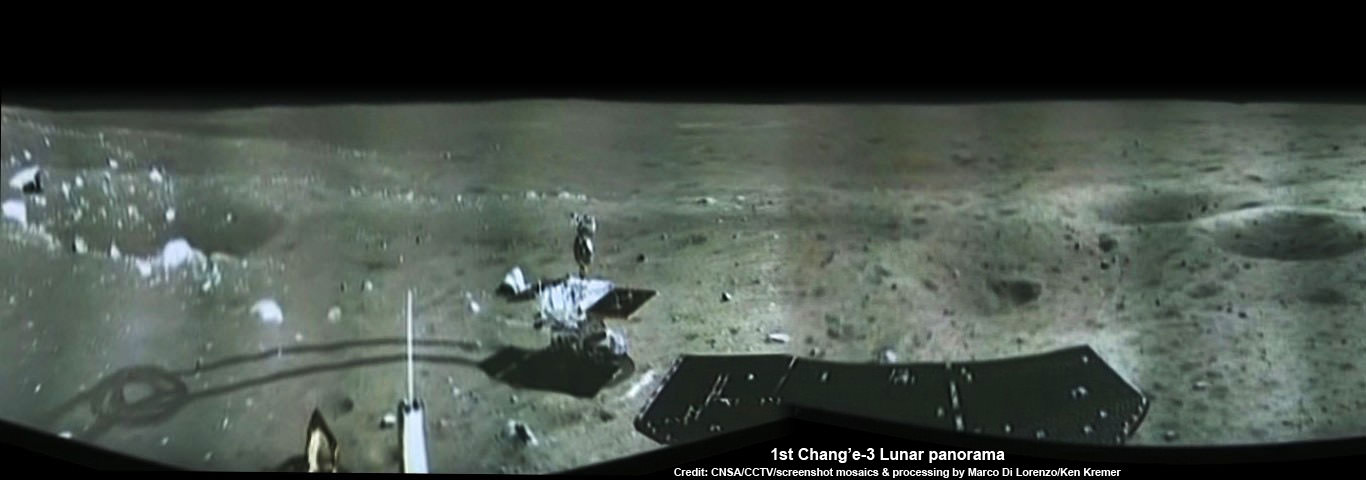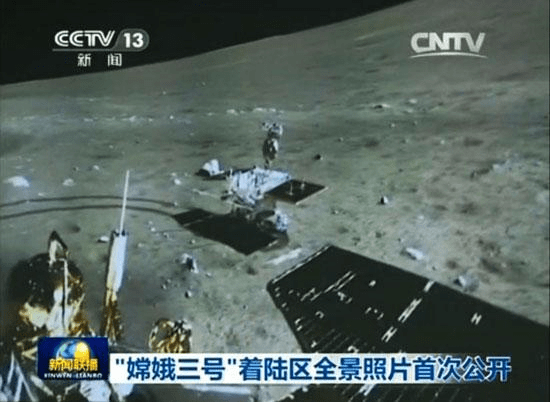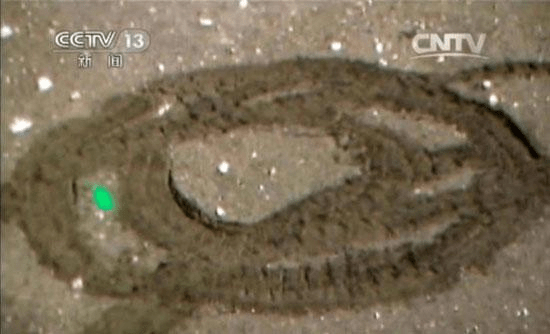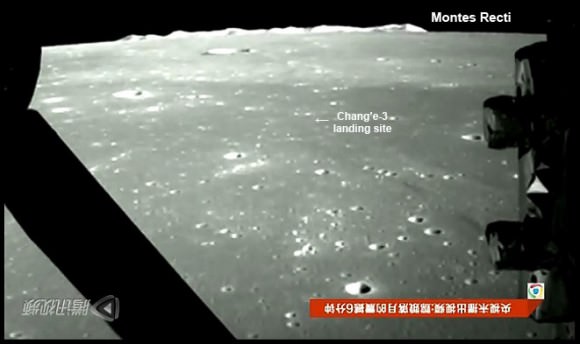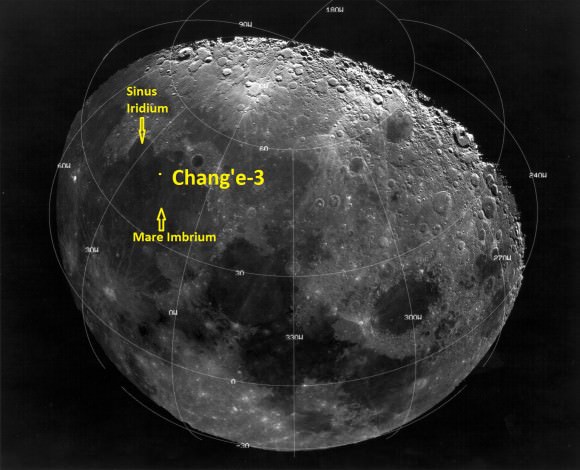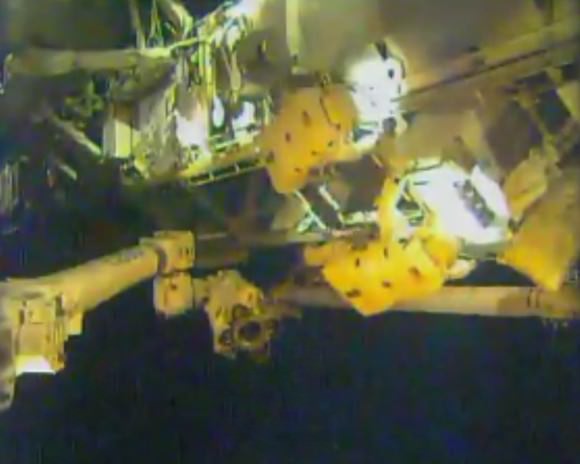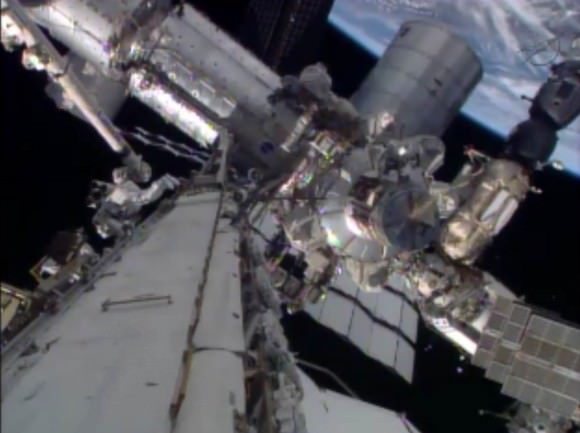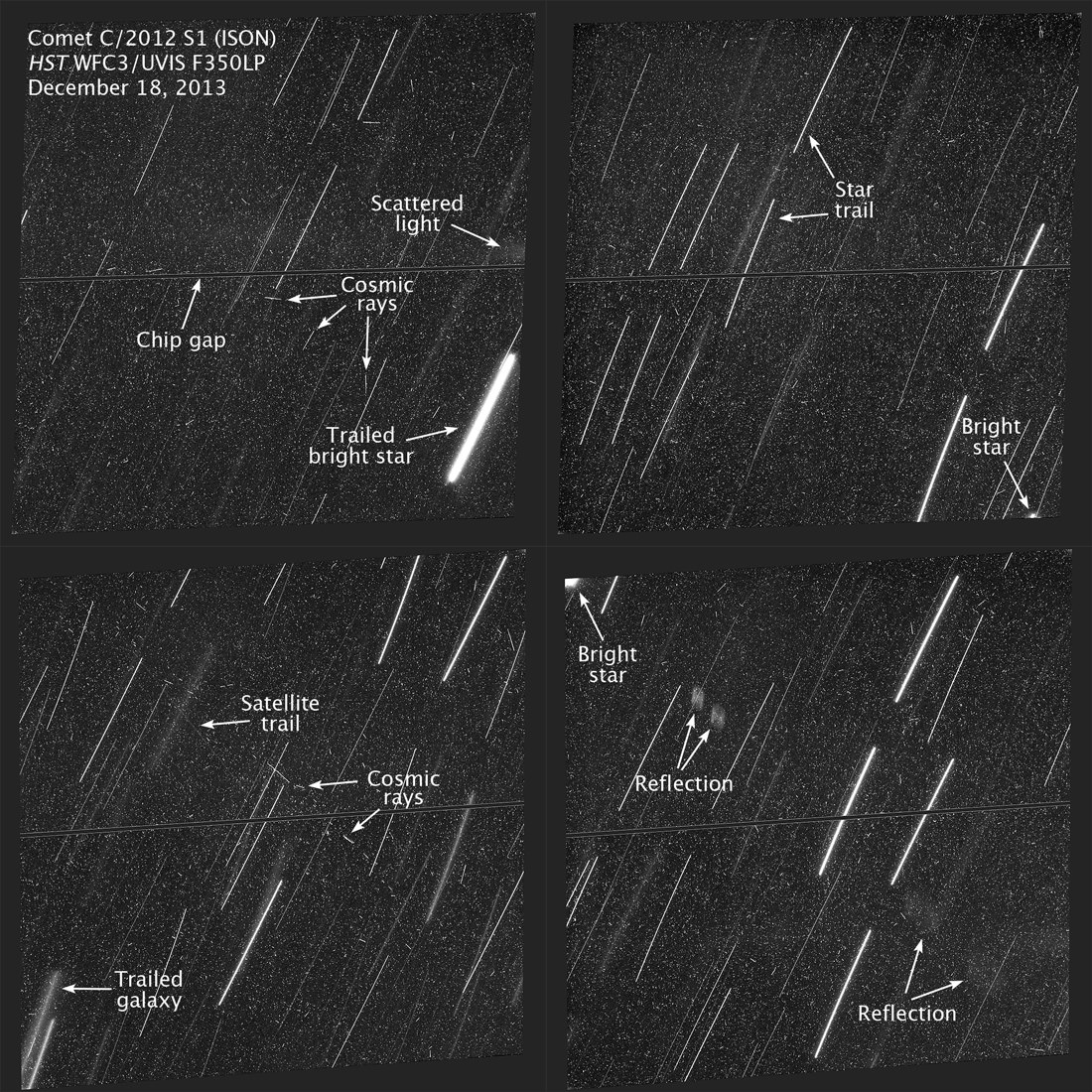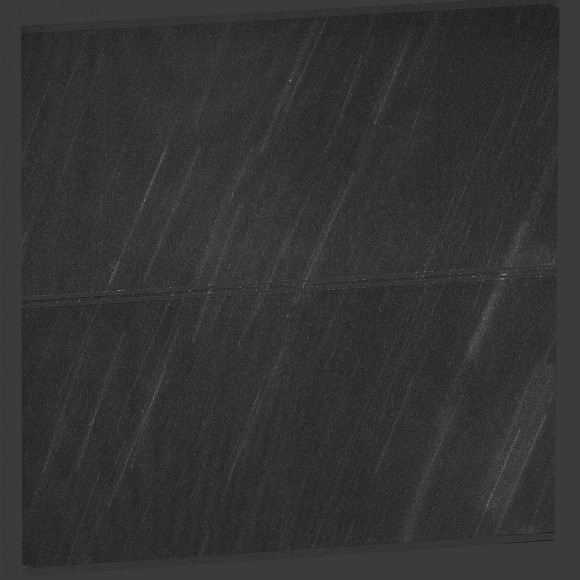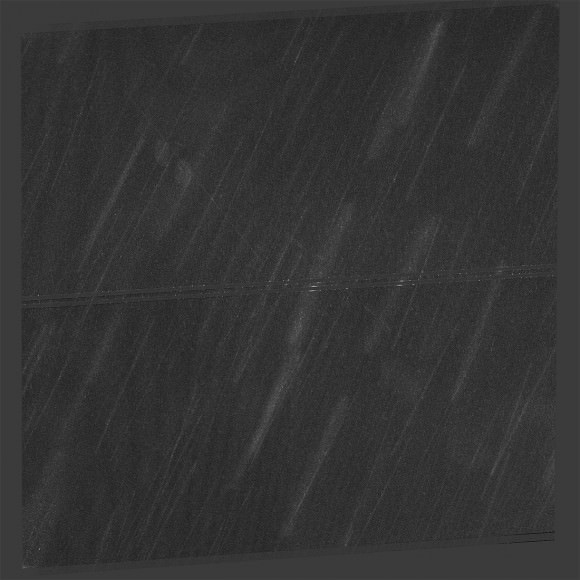Two astronauts are oh-so-close to fixing the International Space Station cooling system that shut down Dec. 11. NASA astronauts Mike Hopkins and Rick Mastracchio will head “outside” on a spacewalk around 7:10 a.m. EST (12:10 p.m. UTC) to replace a faulty pump that led to the problem.
The spacewalkers were so quick on their first outing (on Saturday, Dec. 21) that they accomplished many of the tasks planned for their second spacewalk. They unhooked the first pump module and stowed it safely, then elected to wait until their second to retrieve the replacement pump, swap it in and turn it on.
Below the jump, here are some things to watch for — including why Hopkins is getting a ride on the Canadarm2 robotic arm this time instead of Mastracchio.
The suits. NASA has new safety procedures and measures in place to protect against helmet water leaks, and everything worked perfectly the first time. In an unrelated incident, while the astronauts were in the airlock, an inadvertent switch-throw introduced some water into Mastracchio’s sublimator. The suit is airing out and Mastracchio is wearing a backup suit. While sublimators need water to function, this water could have ended up in the wrong spot. If he had used the one with the water in it, it could have frozen during the second spacewalk and caused problems, Judd Frieling, the Expedition 38 lead flight director, explained on NASA TV Monday.
The background personnel. While it’s easy to shine the spotlight on the two guys outside, also remember that Japanese astronaut Koichi Wakata will be piloting the robotic arm under direction from CapCom and fellow Japanese astronaut Aki Hoshide. Giving advice to the spacewalkers will be CapCom and NASA astronaut Doug Wheelock, who did a similar repair on the International Space Station in 2010. As Wheelock told Universe Today, there are literally hundreds (likely, thousands) of people working the procedures to get this done.
The timeline. NASA really, really wants to wrap this repair up soon, and it’s not because of the holidays. Dec. 27 marks a planned spacewalk for the Russian side of the station that is totally unrelated to what is going on right now. The Americans are hoping they won’t disrupt the schedule so that the Russians can proceed with their experiment swapouts and foot restraint installation as originally planned.
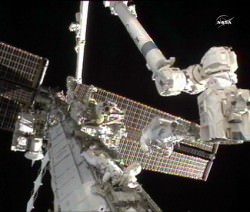
The robotic arm. Hopkins is a much more junior spacewalker than the experienced Mastracchio, who has seven spacewalks underneath his belt before today. Hopkins, who is on his first spaceflight, is in a situation where he can expect more flights in the future. So any training he can get in orbit would be fantastic as he would be a stronger asset on future missions. So, Mastracchio was supposed to ride the Canadarm2 on the second spacewalk, but at that time NASA anticipated it would take three to do the repair. Since the crew finished the work so swiftly, it’s likely only two will be needed. As such, giving Hopkins the slot would be the best practice, NASA and the crew determined.
The future pump move. NASA decided not to move the faulty pump from its temporary stowage location until later. Due to thermal conditions on station, it can stay in its temporary spot until June. This saves the spacewalkers extra work now, but someone will need to head outside by summer to move it to a more permanent location.
We’ll let you know how the spacewalk went.

